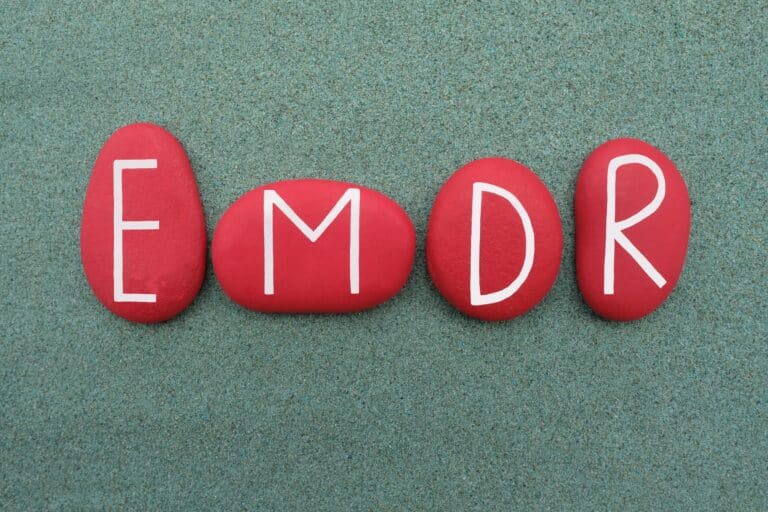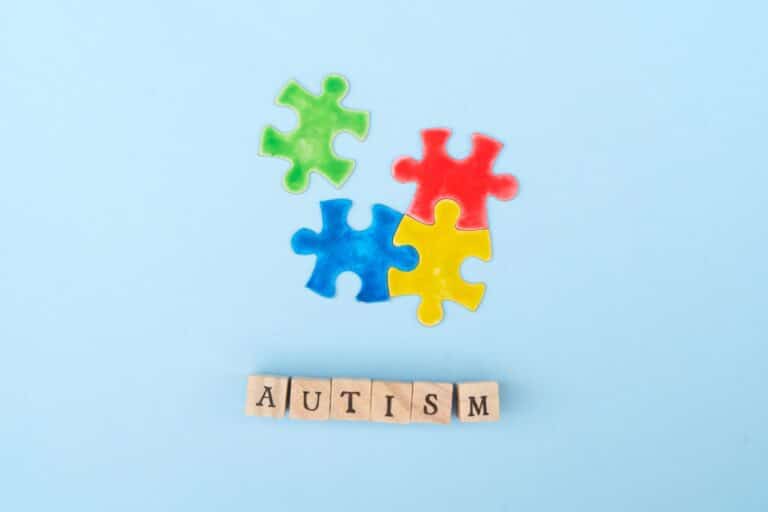Unfortunately, meth use is running rampant in the United States. While it’s not talking about as much as some other drugs, meth kills young people in our country every day. It disproportionality affects the disadvantaged and in many cases ensures that these people never gain a better life.
So what do you do if you suspect a loved one is a meth user? How do you save their feature?
Thankfully, meth addiction use can be treated if it’s caught early. To catch it, it’s important to understand the signs of meth use.
This article will walk you through all of the drug addiction signs you need to know to determine if a loved one is using meth.
1. Teeth
One of the most famous signs of methamphetamine usage is the deterioration of teeth. This effect has been discriminatorily referred to as “meth mouth”. While this name is mean, understanding the relationship between teeth and meth is important in understanding meth’s deleterious effects.
Meth causes a sensation of dry mouth, which can lead to germs building up in the mouth. On top of this, many people who are in the throes of a meth addiction don’t take care of their dental health. When these combine, it’s bad news for someone’s mouth.
If you have noticed that a loved one’s teeth have become stained, yellowed, cracked, or in extreme cases, even crumbled, rotten, and blackened, it may be a result of meth mouth.
Unfortunately, rotting teeth usually develop over a longer period. If a person you know has meth mouth, they could be a long-time meth user. Find a recovery program for them as soon as possible.
2. Weight Loss
Another one of the most telling physical signs of meth use is weight loss. Meth reduces a person’s appetite, so meth users often go days without eating.
On top of this, a person doing meth has likely fallen in with a crowd of meth users, who encourage each other to not take care of their physical health. They could be doing other drugs — like cocaine — which also cause weight loss, and eating a diet that doesn’t sustain them.
To make matters even worse, methamphetamine is a stimulant, which speeds up a lot of the body’s processes. It increases a person’s heart rate, making them more likely to burn off calories they gain. It also increases body temperature, which may cause someone to sweat off pounds.
Weight loss should be easy to spot, but a lot of people don’t take it into account. Weight loss done for health purposes will result in someone who looks thin and healthy. Weight loss as a result of drug use will cause a more disturbing-looking, skeletal appearance.
If you believe that someone you know has lost weight due to meth use, consider having an intervention for them.
3. Erratic Behavior
When a person is high on meth, they’ll experience a burst of dopamine, causing a feeling of elation. This will most likely make them seem happy. However, it’s an uncontrolled sort of happiness that could lead to irresponsible decisions.
If someone you know has been “happy” when you’ve seen them but has been calling you at strange hours, buying too many new things, and alienating many of their friends, they may be using meth. This hyperactive state can also lead to a sense of hypersexuality, where they make irresponsible decisions with who they sleep with, putting themself in dangerous situations and at risk for STDs.
The happy phase won’t last forever though. Soon enough they’ll be crashing, and perhaps even “tweaking”.
4. Tweaking
After a binge of meth, a person winds up in a state of extreme insomnia and paranoia, known as “tweaking”. Addicts will develop a strong desire to do meth again, which can cause violent behavior and disturbing shifts in personality. They may act desperate and humiliate themself to get their fix.
People in a “tweaking” state can experience hallucinations and delusions that horrify them. If someone you know has seen a lot more withdrawn or paranoid lately, consider helping them.
Desperation from people in this state might lead them to make rash decisions to try to get you involved in their life. Do not lend them any money at this time, because they will most likely use it to buy drugs and not be able to pay you back. Do not drive them anywhere they ask you to, because it will most likely be to quire more meth.
Tweaking can cause physical symptoms as well. Many develop formication or the sense of bugs crawling on their skin. This will cause them to scratch and pick at their skin, which will result in skin that’s cracked, scarred, bleeding, and deteriorating.
5. Burns
Meth is usually burned to be consumed. This can often cause burns on a person’s fingertips — especially if the person is so desperate for the meth that they don’t care if they feel pain.
Of course, not every burn is indicative of drug use. However, if you’ve noticed a loved one with consistent burn marks on the tips of their fingers, something fishy could be up. They could be using meth, heroin, or another drug that needs to be melted.
Know the Signs of Meth Use
While many people don’t think about meth as much as other drugs, it’s a problem for many people in the United States. Know the signs of meth use, so that if a loved one falls victim to this toxic drug, you can get them help. For more information, contact us today.






